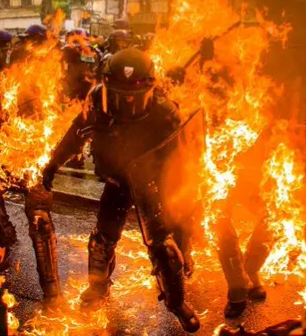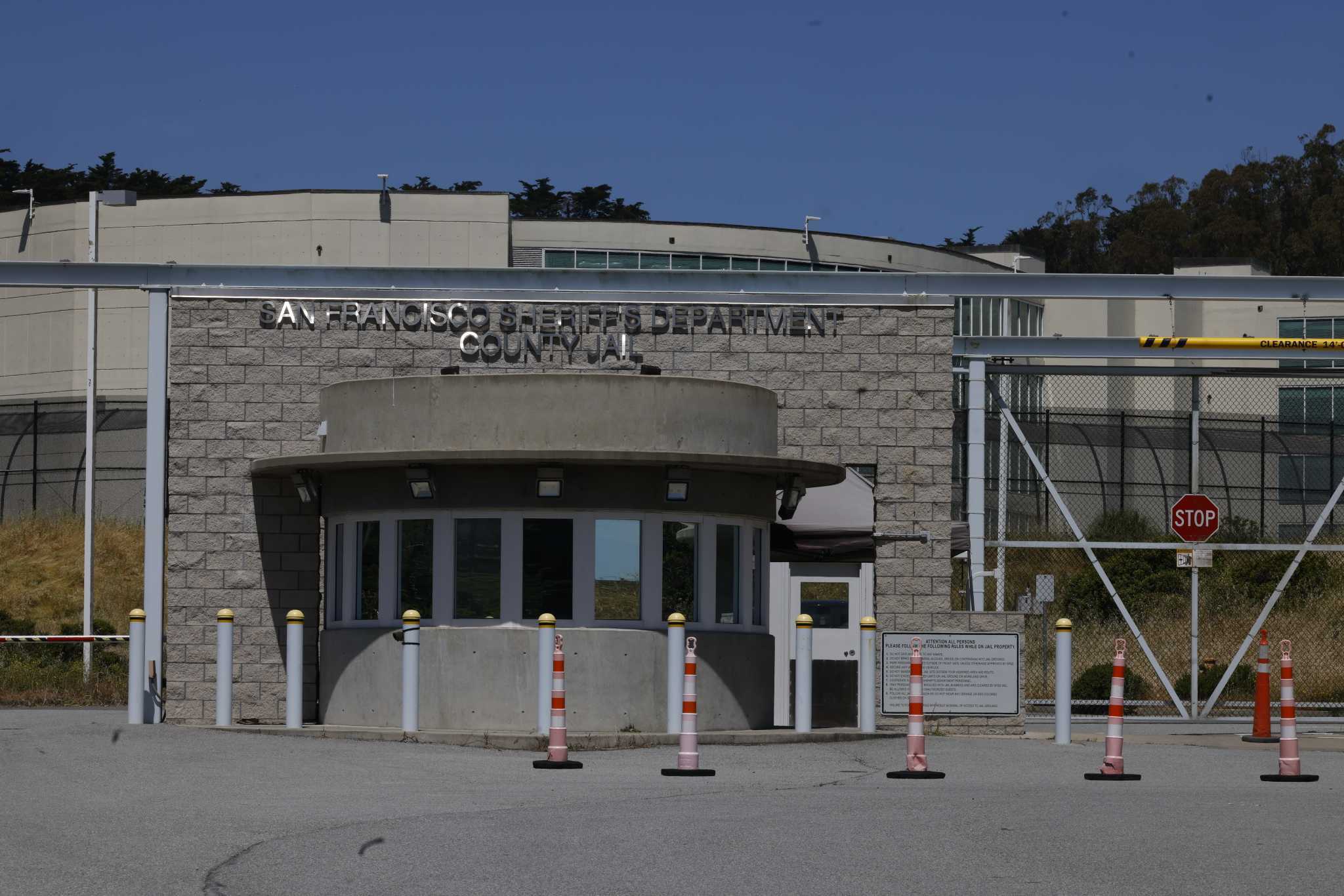
Full article
The San Francisco Sheriff’s Office acknowledged Friday that the canisters of tear gas used in a training exercise that sickened nearby children on May 21 were “old,” raising questions about health concerns and safety protocols in a facility less than a half a mile from an elementary school.
In a seven-page statement, released 10 days after the ill-fated training session at the San Bruno jail property, sheriff’s officials provided the most comprehensive picture of the incident yet, after days of piecemeal information and mounting frustration from parents of Portola Elementary School students.
The report was the first time sheriff’s officials noted — though not in detail — the age of the chemicals, after the Chronicle reported Wednesday that some of the tear gas expended may have been manufactured decades ago, brought in by UC Berkeley police officers involved in the training activities.
“The SFSO confirmed with the UC Berkeley Police Department officers that took part in the training that the CS canisters used were old, and did not have expiration dates,” the Friday statement said. “We are reviewing the training plan submitted and will receive a completed Training Activity Report from the training participants next week.”
Parents who spoke to the Chronicle this past week said several children at the school became violently ill in the days after the exposure, with reactions including projectile vomiting, severe rashes and lung inflammation. Several parents also shared these accounts in a Tuesday evening town hall with school and sheriff’s officials, which the sheriff’s office summarized in its Friday statement.
While it’s unclear whether these symptoms were tied to the exposure to tear gas, parents said the timing and consistency of the accounts felt too coincidental to be unrelated.
The Centers for Disease Control and Prevention lists potential symptoms of exposure to riot control agents, including burning or irritation to the eyes, nose and throat, chest tightness, skin rashes, and nausea or vomiting. The agency’s website describes all of these as immediate symptoms, but does not note whether they may also arise days later.
Experts say research is scarce on how children react to riot control agents and that it’s unclear how chemical weapons change over time because the full set of ingredients for them are known only by the manufacturers.
The parents also said they felt abandoned by school and sheriff’s office officials in the days after the incident and were left to navigate complex questions of health and chemistry largely on their own. Until this past week, parents said officials never asked follow-up questions about their children’s health, and families had to advocate for basic actions including decontaminating Portola Elementary’s outdoor surfaces before the school took action.
In a statement to the Chronicle, San Bruno Park School District officials said they were “deeply disturbed by the recent gas testing event at the SF county jail located at 1 Moreland Drive in San Bruno.”
“At the time of the incident, nearly 30 students reported significant symptoms such as coughing, watery eyes, wheezing and trouble breathing. More students developed symptoms once at home including vomiting and rashes,” the statement said. “More than a week later, we still have some students who are suffering adverse effects from the exposure to the tear gas and pepper spray dispersed into the air that day. It is now well documented that some families needed to get emergency medical assistance to support their children who were suffering from the effects of the gas in the air.”
In response to parents’ concerns raised at the town hall, San Bruno Park School District Superintendent Matthew Duffy said he will send out a survey for them to record their children’s symptoms. Duffy added that school officials will formally ask that the sheriff’s office permanently discontinue training involving chemical agents at the San Bruno jail site.
Parents at the town hall were additionally troubled when they learned that the sheriff’s office conducts chemical weapons training exercises several times a year at the facility.
Sheriff’s officials said they have temporarily halted similar training exercises and will continue to update the public as their investigation continues.
The report additionally included health information and the characteristics of one of the two types of gas used in the exercise, CS (2-chlorobenzylidene malononitrile), a summary of the training exercises and the day’s weather conditions, and aerial photos showing the training facility and the school.
Officials said that while OC gas, or pepper spray, was also expended at the training, it is believed that the children were exposed only to CS gas, based on how far CS gas can travel.
Both CS and OC gas are commonly used by law enforcement agencies as a nonlethal means to subdue violent suspects or control crowds at riots.
According to the sheriff’s office statement, CS gas is “an aerosol of a solvent (a substance that dissolves other active substances and that easily evaporates) and 2-chlorobenzalmalononitrile, which is a solid compound at room temperature.”
”We want to assure San Bruno residents that we are committed to thoroughly reviewing our training protocols to prevent any future incidents that could compromise the well-being of our community members, especially our children,” the Friday statement said.
The incident is being investigated by multiple agencies, including the Bay Area Air Quality Management District and San Mateo County Environmental Health Services’ Certified Uniform Program Agency — Hazardous Materials. The latter, sheriff’s officials said, will be sending a notice of violation and additional records requests.
“well if you wanna defund the police so bad then who are you going to call when you need to tear gas 8 year olds???”
If only they had more funding, so they could replace their stale chemical weaponry that’s banned for military use but is still fine to use against the civilian population
The San Francisco Sheriff’s Office acknowledged
actually nevermind I don’t want to read this




